Packaging Cost
Packaging Cost
Packaging Cost
Packaging Cost refers to the total expenses involved in creating and delivering a product's packaging. This includes materials, labor, design, and transportation.
Components of Packaging Cost
There are several key components that make up the Packaging Cost:
Materials: The raw materials used to create the packaging, such as cardboard, plastic, or glass.
Labor: The cost of the workforce needed to design, produce, and assemble the packaging.
Design: The expenses related to creating the visual and structural design of the packaging.
Transportation: The cost of shipping the packaging materials to the production site and the final packaged product to retailers or customers.
Why Packaging Cost Matters
Understanding Packaging Cost is crucial for businesses. It affects the overall profitability and pricing of the product. Efficient packaging can reduce costs and improve profit margins.
How to Reduce Packaging Cost
Businesses can reduce Packaging Cost by:
Optimizing Design: Using less material without compromising the product's safety.
Bulk Purchasing: Buying materials in bulk to get discounts.
Streamlining Processes: Improving production efficiency to lower labor costs.
Local Sourcing: Reducing transportation costs by sourcing materials locally.
Conclusion
Managing Packaging Cost is essential for any business involved in product packaging. By understanding and optimizing these costs, companies can enhance their profitability and market competitiveness.
Blog Posts with the term: Packaging Cost
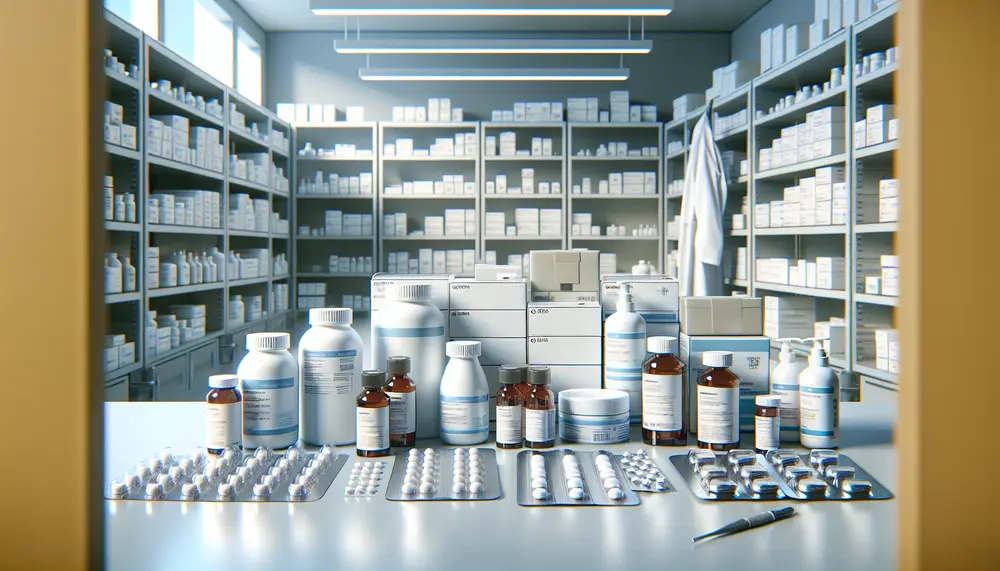
Ensuring compliance in pharmaceutical packaging is essential for product integrity, patient safety, and regulatory approval. This article outlines key guidelines from major regulatory bodies like the FDA, EMA, ICH, WHO, and USP that govern material selection, design standards, labeling requirements,...

The text emphasizes the importance of proper packaging in successful sales, enhancing brand perception and creating a memorable unboxing experience for customers. It discusses various aspects such as choosing the right material, considering size and weight, securing items for shipment,...
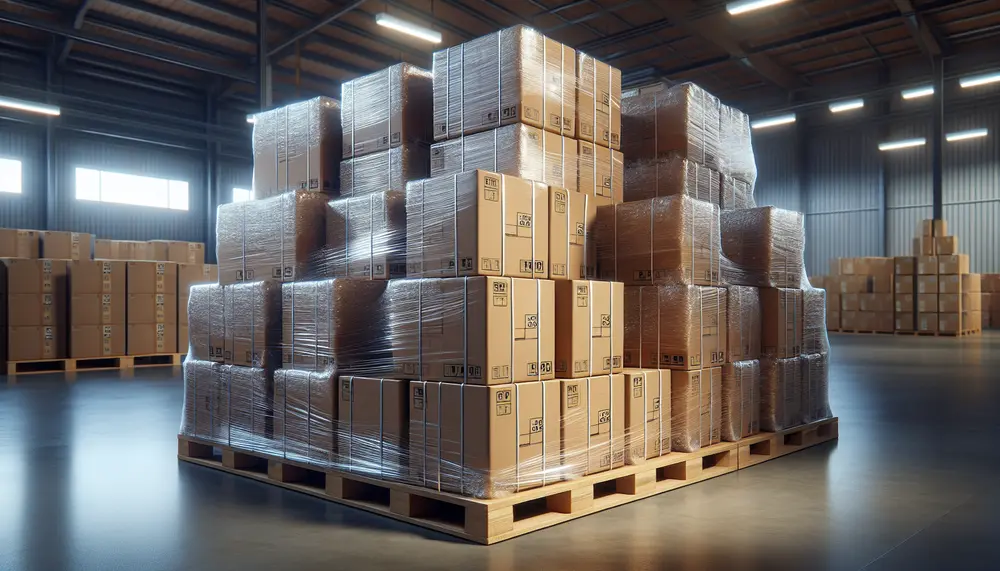
Stretch film is a highly elastic plastic material used to wrap and secure items, particularly on pallets, for transport or storage. It provides stability, protection from damage and moisture, comes in various types for different applications, but poses environmental concerns...
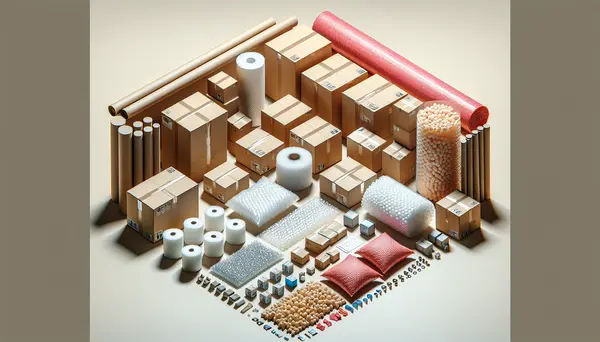
Packaging plays a crucial role in product success, influencing brand recognition, consumer experience and ensuring safety during transit. It involves understanding the product's specific needs including dimensions, fragility level, weight and transportation process as well as regulatory compliance to protect...

Affordable packaging focuses on cost-effective, quality solutions that balance price with durability and sustainability. It involves exploring materials like bioplastics, optimizing design for minimalism and efficiency, and staying updated on industry trends to reduce costs without sacrificing customer experience or...

A Food Grade Packaging Statement is a declaration ensuring that packaging materials are safe for direct contact with food and comply with safety standards to protect consumer health. It includes information on material types, suitability for specific foods, and safety...
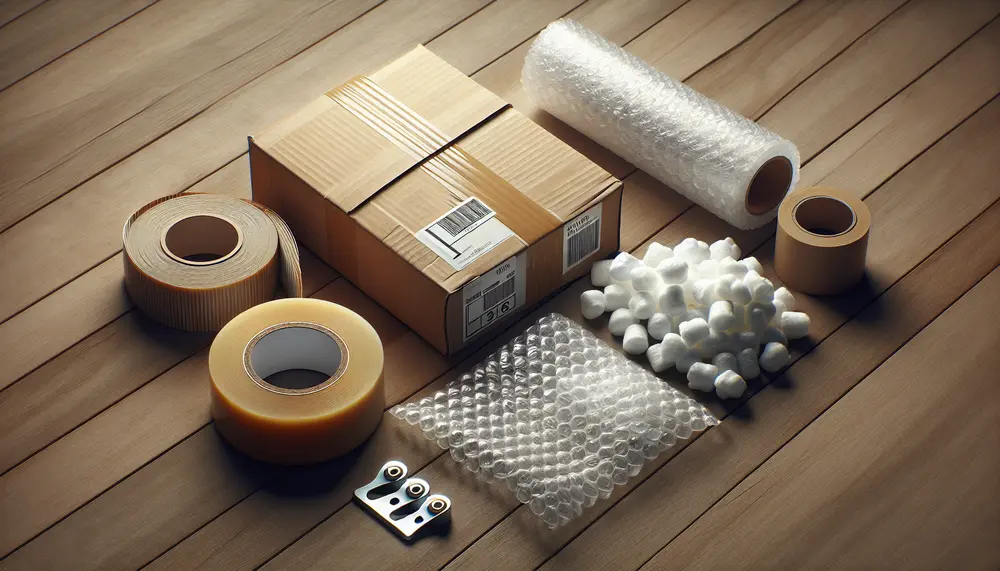
Packaging materials are essential for product protection, information dissemination, and marketing; material selection is based on factors like durability and sustainability. Plastic packaging offers versatility but faces environmental concerns, glass provides purity and recyclability, metal ensures strength and long-term preservation...
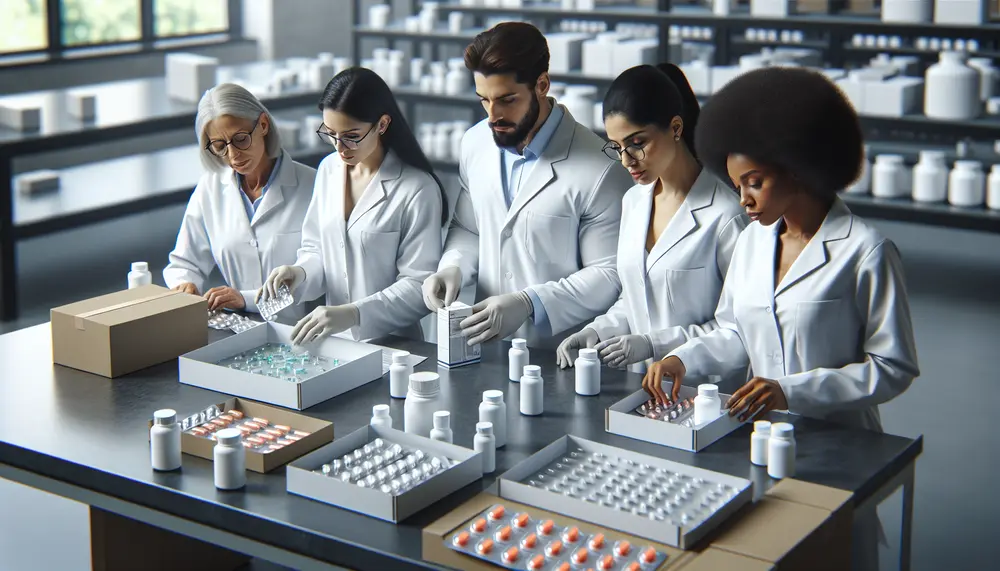
The FDA ensures drug packaging safety and efficacy through stringent guidelines on material quality, labeling accuracy, child-resistant features, tamper-evident seals, and environmental considerations. Compliance with these standards protects public health by preventing contamination and ensuring clear information is provided to...

Food packaging is essential for protecting food, extending shelf life, and maintaining quality from production to consumption. It must meet safety standards, provide consumer information, facilitate transportation, enhance marketability, and support sustainability efforts. Innovative food packaging solutions address demands for convenience...
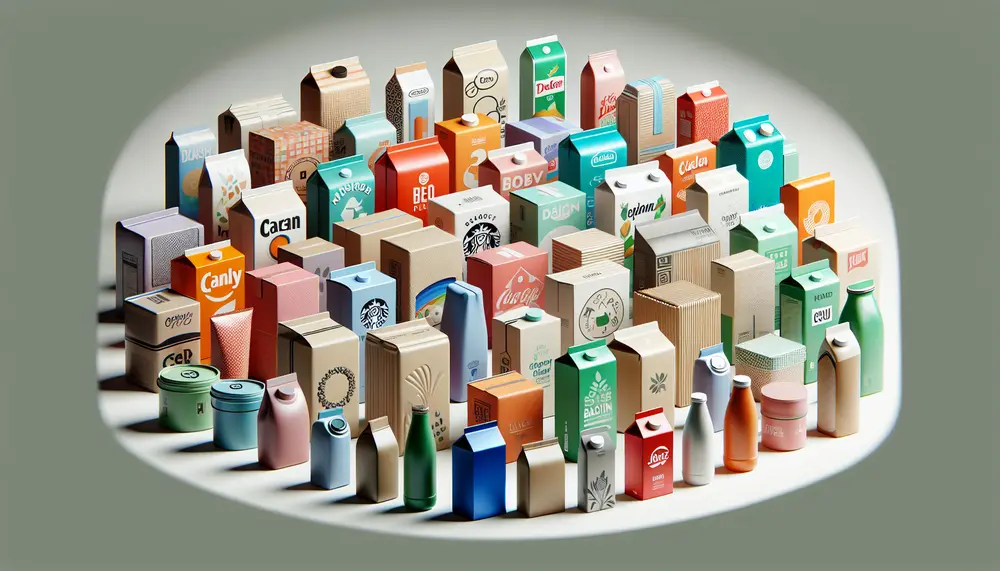
Product packaging design is a complex process that combines material, form, color, typography, and imagery to protect products and attract consumers. It's essential for brand identity and customer engagement in competitive markets. Color psychology plays a significant role in product packaging...

Flexible packaging in the pharmaceutical industry enhances protection, usability, and sustainability by offering versatile solutions for various medications while reducing costs and environmental impact. Its applications range from oral medications to injectables, providing tailored options that improve product safety and...

Packaging stars are key design elements that enhance product visibility and influence consumer decisions by symbolizing brand identity and benefits. They require a strategic approach, considering psychology of color, shape, imagery, and placement to effectively communicate without words. Selecting the right...
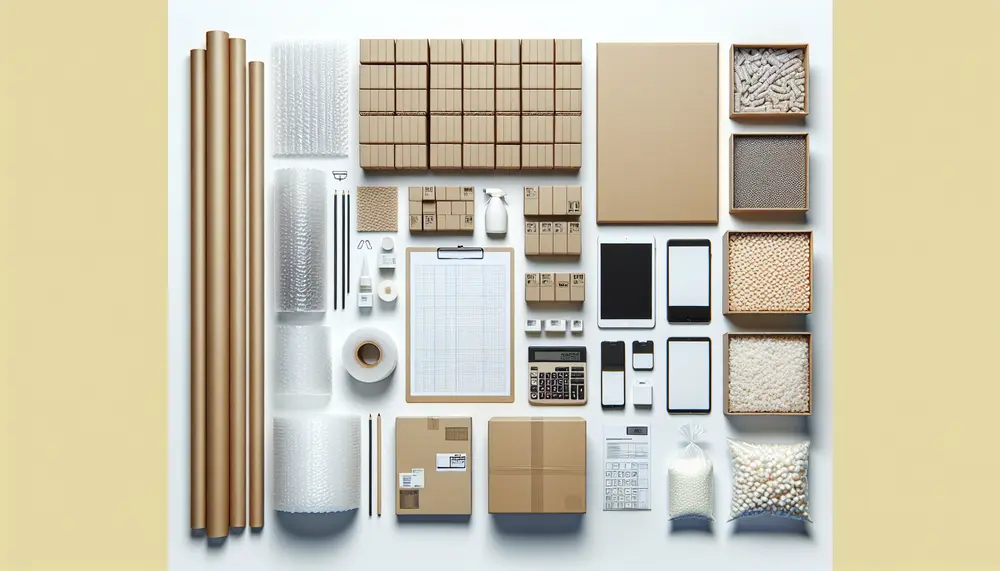
Packaging is essential for product protection, presentation, and preservation; it influences customer buying decisions through design and unboxing experiences. Material choice affects shelf-life and appeal, while sustainability has become crucial due to environmental concerns. Key packaging considerations include balancing cost with...

Tablet packaging materials are essential for protecting medication from contamination and damage, with properties tailored to the pharmaceutical product's needs. Secure tablet packaging is vital in maintaining drug potency, ensuring patient safety through tamper evidence, preventing misuse or accidental ingestion,...

EU regulations significantly influence the packaging industry, ensuring high standards and environmental protection by mandating sustainable materials, recycling capabilities, and labeling. These rules foster a circular economy and innovation but require businesses to adapt their strategies for compliance. The EU's regulatory...
